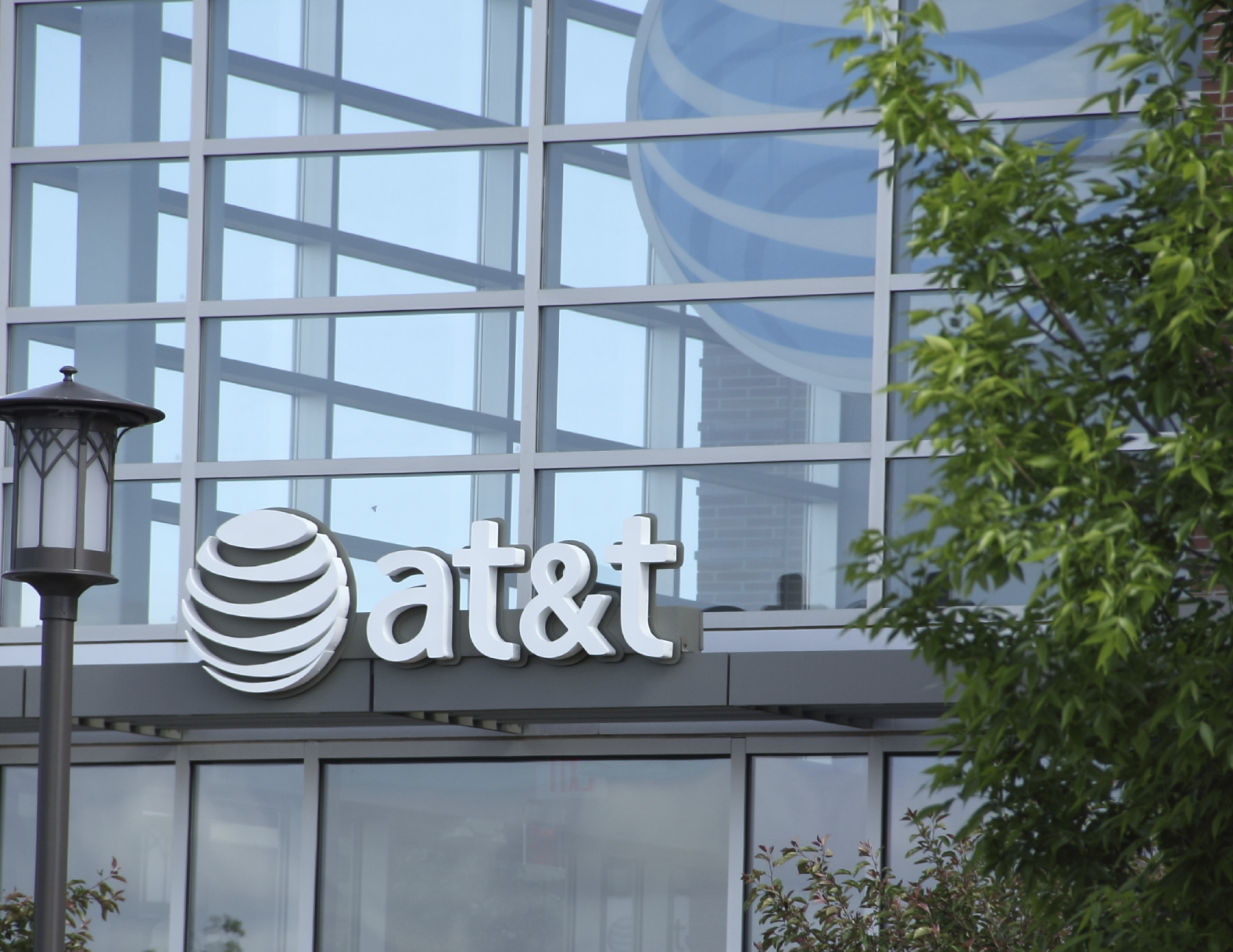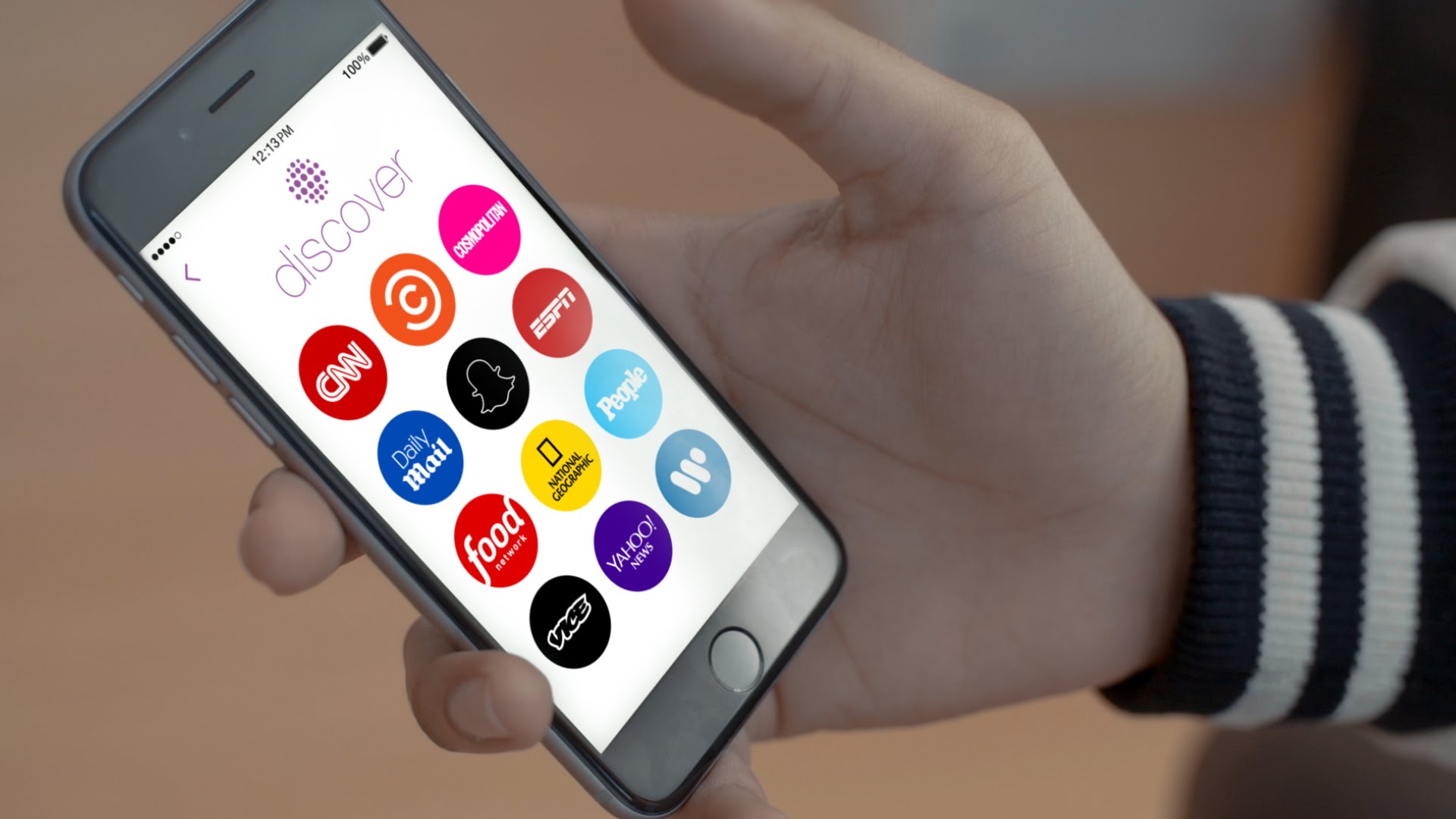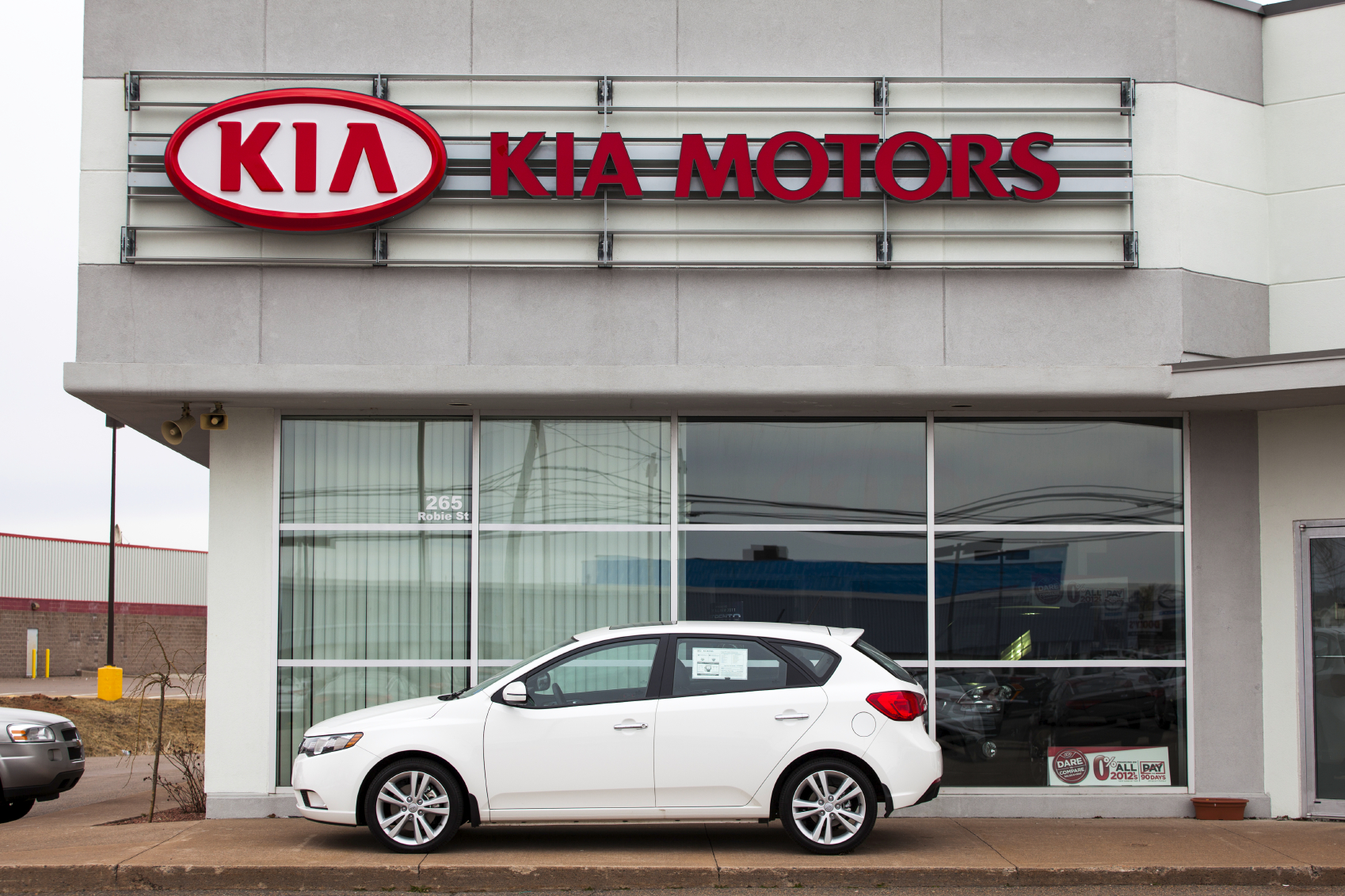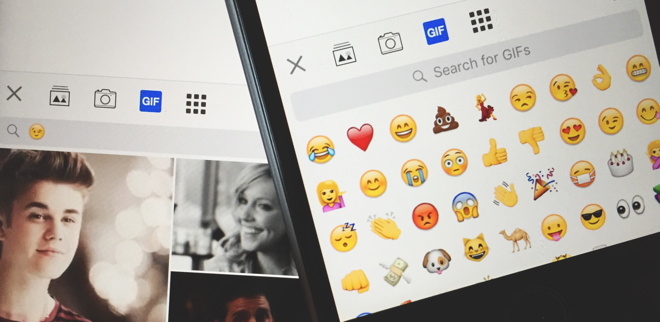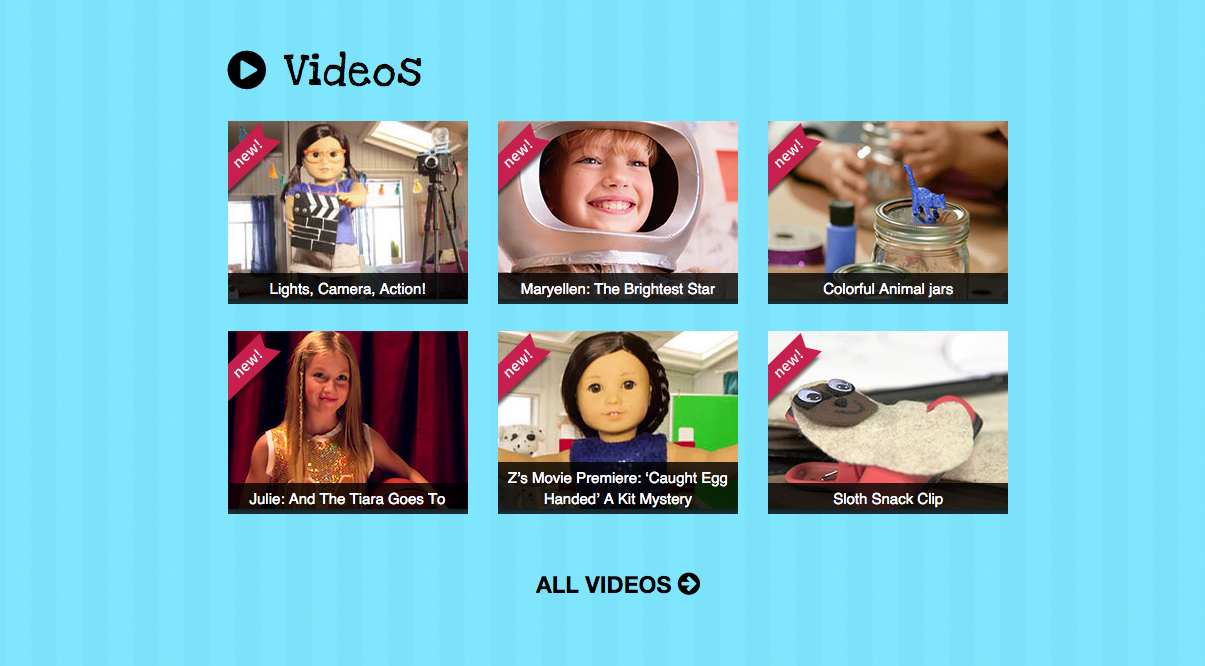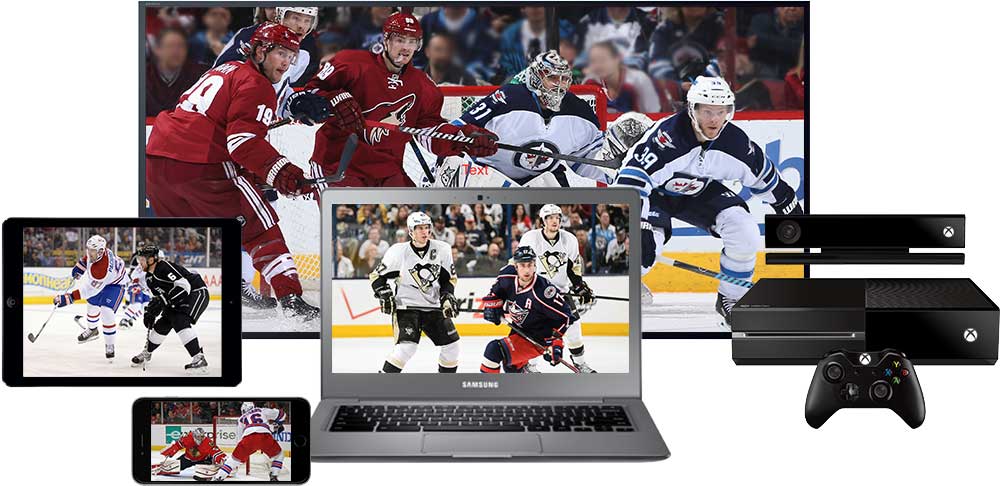What Happened
Your Twitter timeline is about to get a lot more animated, thanks to Twitter’s addition of a GIF search tool. Powered by Giphy and Riffsy, the new search tool is accessible for all Twitter users via a “GIF Search” button in the tweet-composing window. The animated images will be searchable via keywords or by browsing through the reaction-based categories, such as “awww,” “applause,” or “mic drop.” GIFs will be available in Direct Messages as well.
What Brands Need To Do
The microblogging network has supported GIFs on its platform since June 2014, but adding a GIF search engine should make it much easier to find the right GIFs and therefore greatly encourage their usage. Down the road, it is quite likely that Twitter would follow the example set by some messaging apps such as LINE and Kik and come out with branded GIFs to help brands better engage with consumers. For now, however, brands should utilize this new tool to spice up their tweets with some fun animated GIFs and grab followers’ attention.
Source: TechCrunch
Header image courtesy of The Official Twitter Blog

